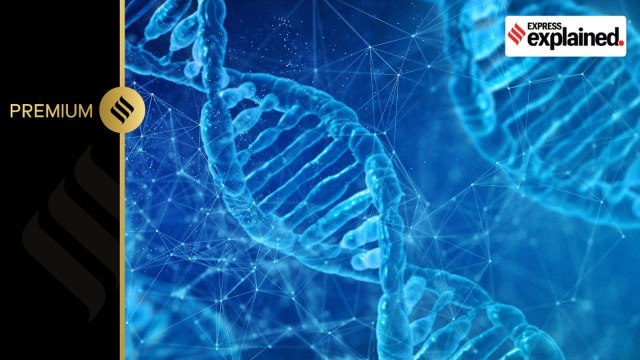February 29, 2024
Unveiling the Genome India Project: Charting a Genetic Map of the Nation
Introduction:
- The Genome India project, a groundbreaking endeavor aimed at mapping the genetic landscape of the Indian population, holds immense promise in unraveling genetic predispositions to diseases and advancing tailored treatments. Recently, the government-backed initiative achieved a significant milestone by successfully sequencing 10,000 whole genomes of healthy individuals from diverse regions across the country. Let’s delve deeper into the objectives, methodology, and potential implications of this ambitious project.
Mapping Genetic Variations:
- The Genome India project, initiated in 2020, seeks to compile a comprehensive catalog of genetic variations prevalent in the Indian populace. By analyzing the genetic makeup of individuals representing various ethnicities and geographical regions, researchers aim to elucidate the genetic underpinnings of diseases and pave the way for personalized medicine. Notably, the project has already identified a staggering 135 million genetic variants within the Indian population, highlighting the rich diversity inherent in the genetic fabric of the nation.
Technical Endeavors and Data Storage:
- Collaborating across 20 scientific institutions nationwide, researchers collected blood samples, sequenced genomes, and devised methodologies for data analysis. The colossal dataset, amounting to 8 petabytes due to each sequence necessitating 80 GB of storage, will find its home at the Indian Biological Data Centre in Faridabad. This trove of genetic information will be accessible to researchers as a digital public good, fostering collaborative efforts in deciphering genetic mysteries and developing innovative healthcare solutions.
Understanding the Human Genome:
- The human genome, akin to a biological instruction manual comprising billions of base pairs, holds the blueprint for an individual’s physical attributes and susceptibility to diseases. Through genome sequencing, researchers dissect this intricate code, unraveling the secrets encoded within the A, C, G, and T nucleotides. By deciphering the genetic makeup of individuals, insights into hereditary traits, disease predispositions, and therapeutic targets emerge, offering a glimpse into the intricate interplay of genetics and health.
Implications for Healthcare:
- The Genome India project bears profound implications for healthcare, offering a paradigm shift in disease diagnosis, treatment, and prevention. By identifying genetic mutations unique to the Indian population, such as the MYBPC3 mutation associated with cardiac arrest and the LAMB3 mutation linked to a lethal skin condition, researchers can tailor therapies to address specific genetic susceptibilities. Moreover, the project facilitates the development of targeted treatments for rare diseases and enhances pharmacogenomic understanding, enabling tailored medication regimens tailored to individual genetic profiles.
Technological Advancements and Timeline:
- In contrast to the arduous 13-year endeavor that marked the first human genome sequencing, technological advancements have expedited the process significantly. The Genome India project, completed within a span of three to four months, showcases the remarkable progress in genome sequencing capabilities. Despite challenges posed by the COVID-19 pandemic, meticulous efforts in sample collection from diverse population groups have culminated in a baseline genetic map of the nation.
Conclusion:
- The Genome India project heralds a new era of genomic exploration, offering unprecedented insights into the genetic landscape of the nation and its implications for healthcare. By unraveling the mysteries encoded within the human genome, researchers are poised to revolutionize disease management, paving the way for precision medicine tailored to individual genetic profiles. As India emerges as a global leader in genomics, the transformative potential of the Genome India project underscores its significance in shaping the future of healthcare.
Gist of daily Article /The Hindu 17oct 2025
October 17, 2025
Daily Gist of the Hindu/Indian Express : 16 Oct 2025
October 16, 2025
Daily Gist of The Hindu/Indian Express: 6 Oct 2025
October 6, 2025
Daily Gist of Article /The Hindu /Indian Express: 24 Sep 2025
September 24, 2025

